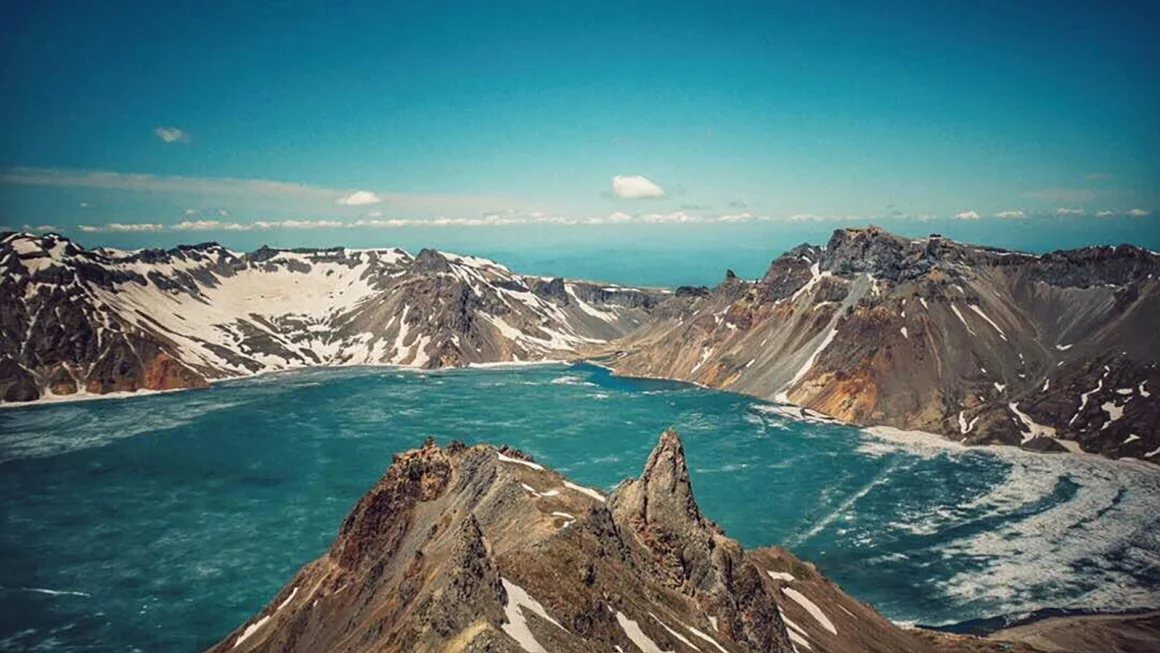High atop the Korean Peninsula, past military checkpoints and bumpy dirt roads in one of the world’s most secretive countries, rises a volcano and deep crater lake steeped in symbolism.
Mount Paektu, an active stratovolcano straddling the border of North Korea and China, is the highest peak on the Korean peninsula and lies at the heart of North Korea’s foundation myth.
The North Korean side of the mountain was recently designated a UNESCO Global Geopark, marking North Korea’s first natural site to be included on the list.
The executive board of the United Nations Educational, Scientific and Cultural Organization (UNESCO) recognized the site for its “impressive natural and cultural heritage,” including its volcanic eruptions and geological features, in a meeting held in February.
But to grasp the significance, you have to stand at the edge of Lake Chon — a caldera around 7,200 feet above sea level, formed by a massive eruption more than a thousand years ago — and feel the wind cut across your face.
I did just that in June 2017, as one of the few Western journalists to reach Paektu’s summit from the North Korean side. The trip, sanctioned and closely monitored by Pyongyang, offered rare access — and a window into how the regime elevates this mountain into something almost divine.

Leave a Reply